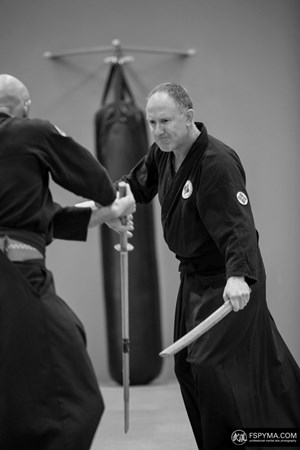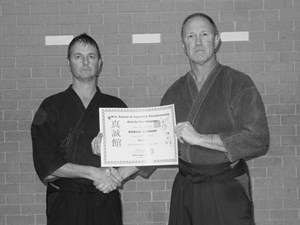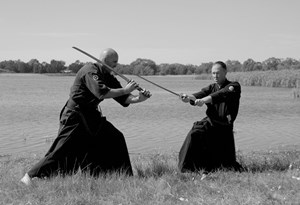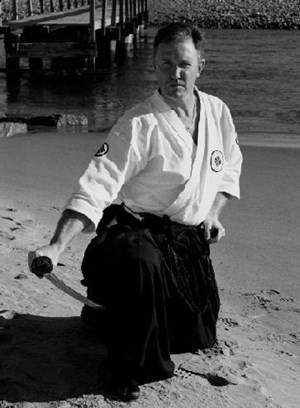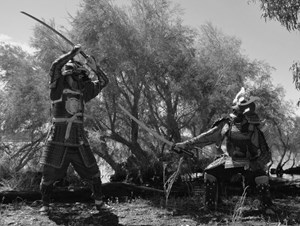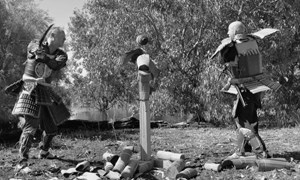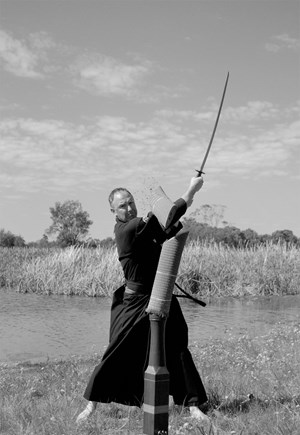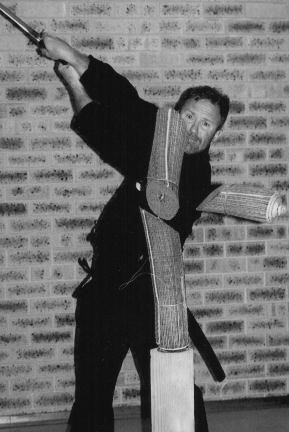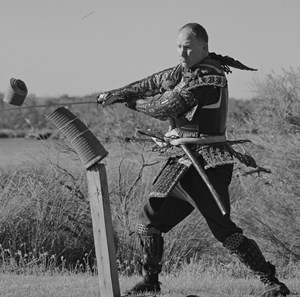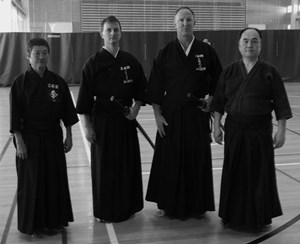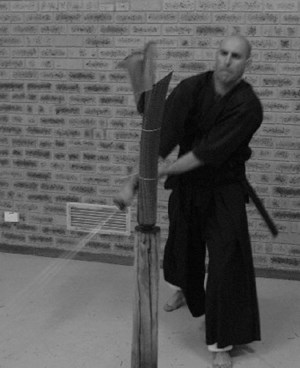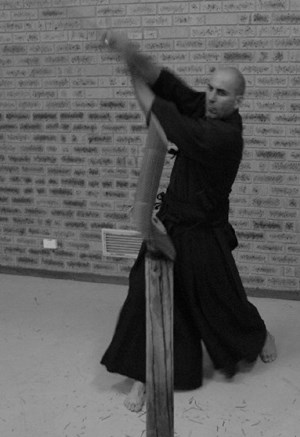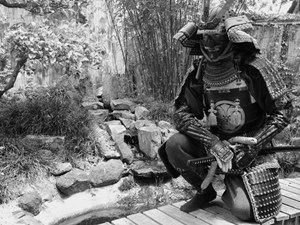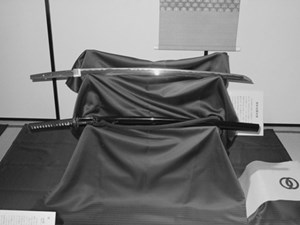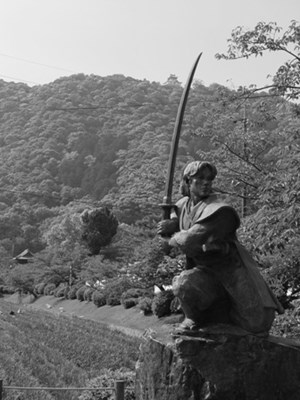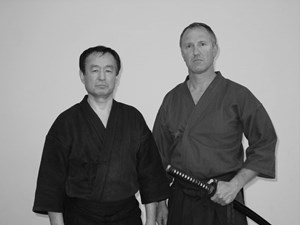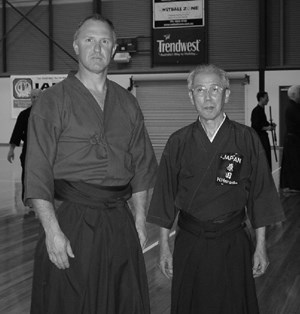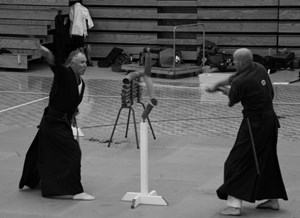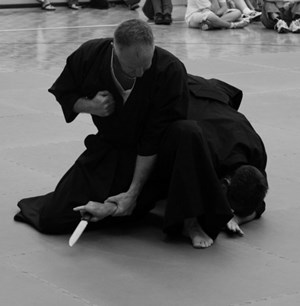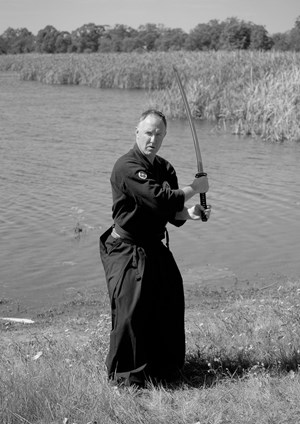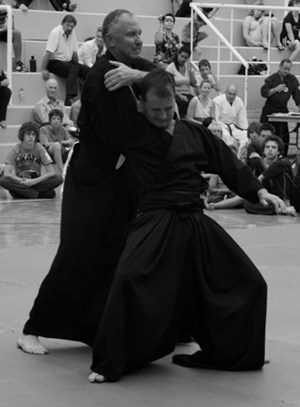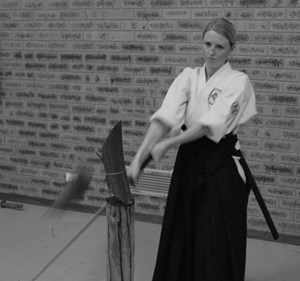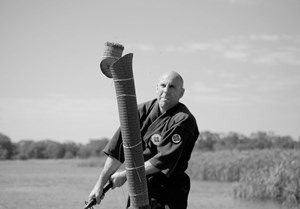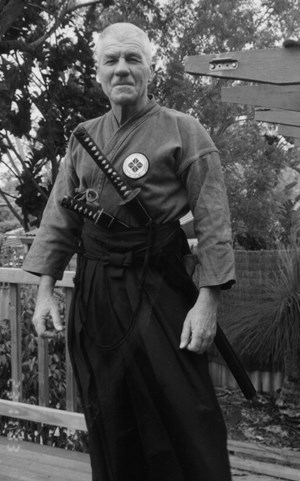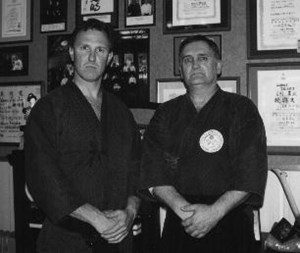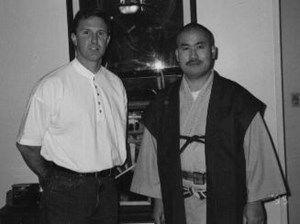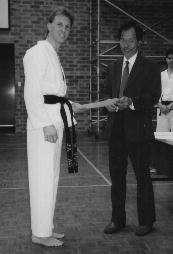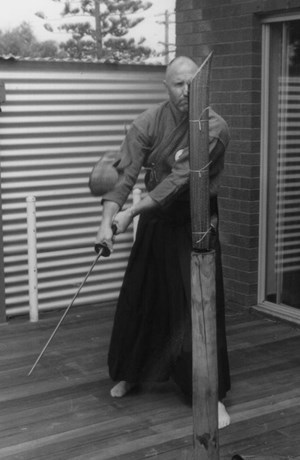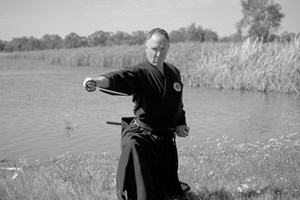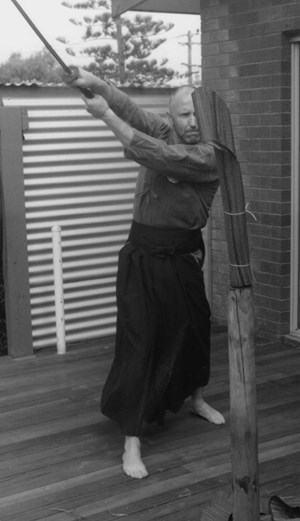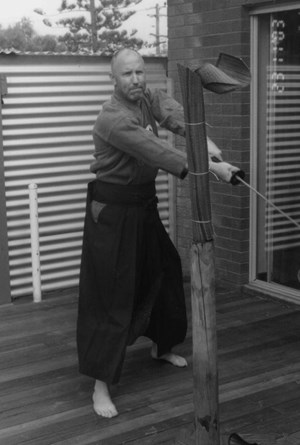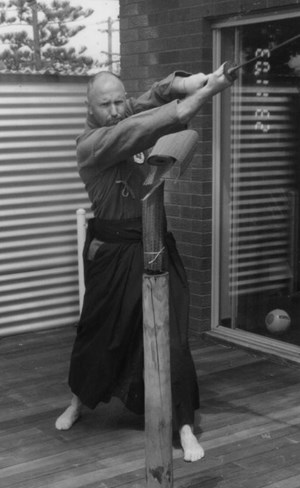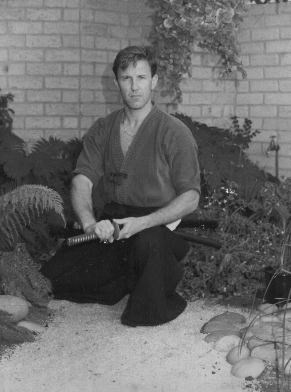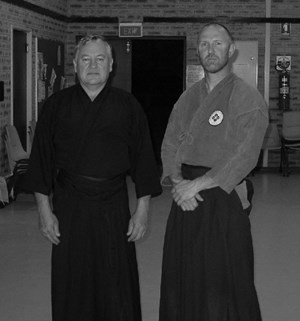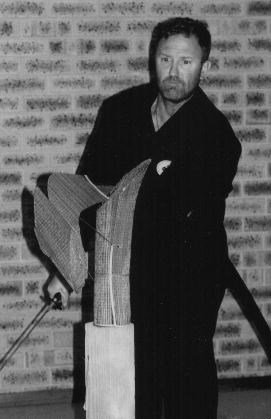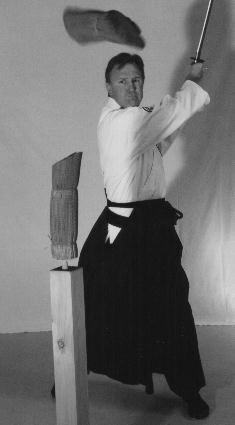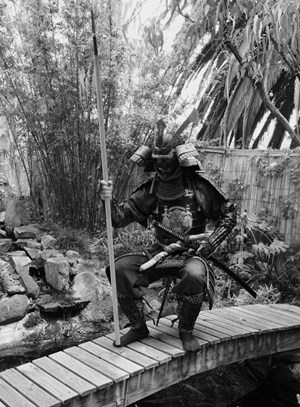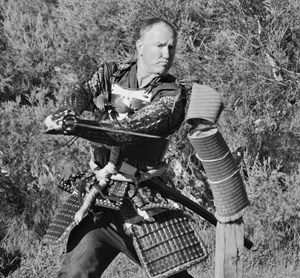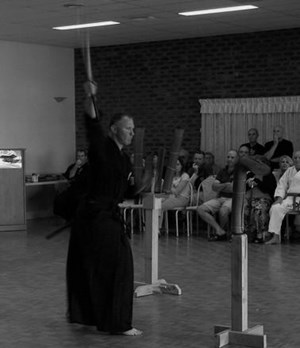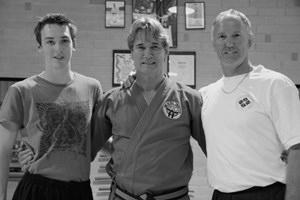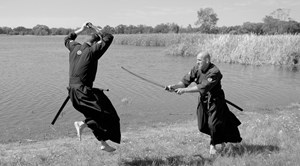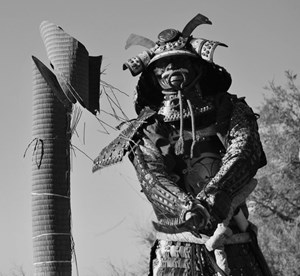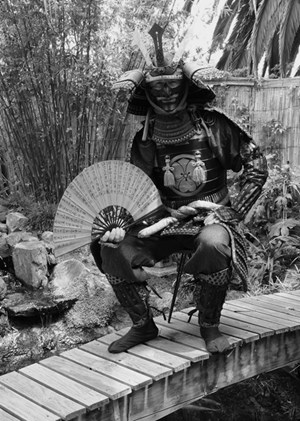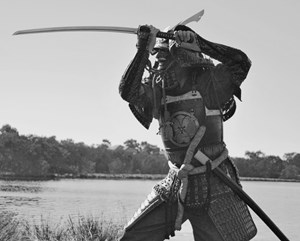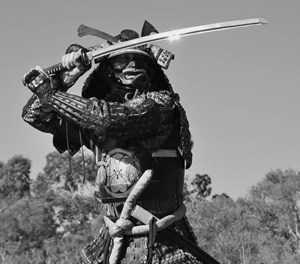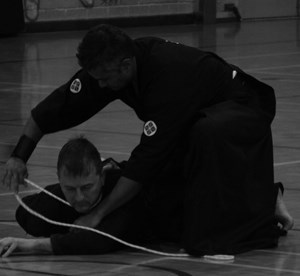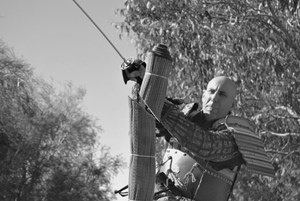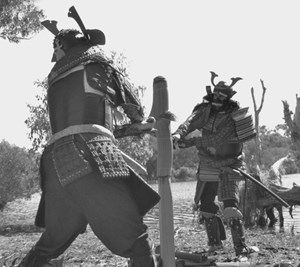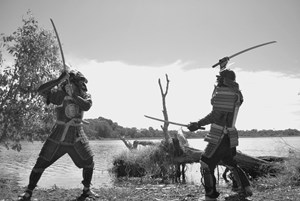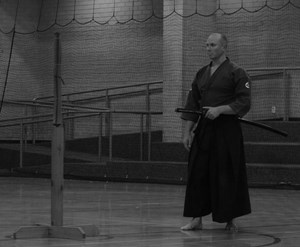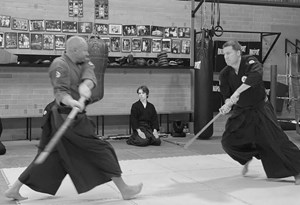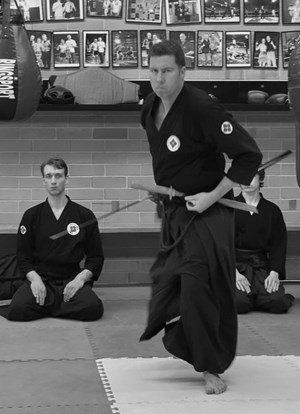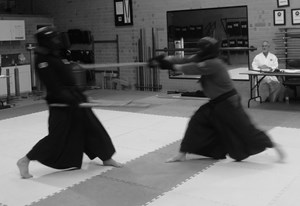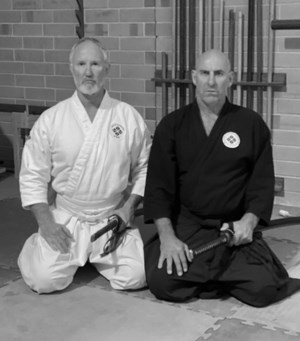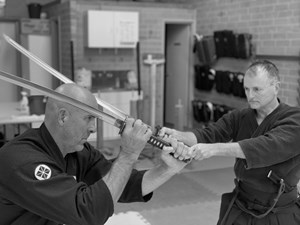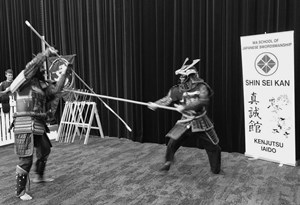Sword Appreciation
Aesthetically, the Japanese sword is a beautiful piece of art. The enormous amount of work involved in the making of the sword will never be understood or appreciated by the layman, but we can appreciate the finished product. In this part of the series, the intention is not to delve into the intricacies of sword making, but to gain an overview of the basics of sword appreciation.Japanese swords can still be bought or obtained from a large variety of vendors from collectors, to antique stores, to old soldiers or their families. The true value is not known by the vast majority of people, so the value of the sword is what someone wants to sell it for and what someone is prepared to pay for it. I have seen swords worth a lot sold for very little and vice versa. So what do you do when you find a Japanese sword for sale?
Initial handling of the sword is important and there is a basic etiquette surrounding sword viewing. Following this etiquette may give the sword owner some confidence that you know what you are doing (if they know swords), and give you training in the correct manners. Always ask permission to pick up the blade; it isn't yours. It is customary to bow to the blade as you receive it to show some respect to the blade and its maker. Before rushing in and drawing the sword, take some time to look at the fittings, there is as much to see in the way a blade is fitted out as there is looking at the blade. The fittings of old or quality swords are usually also made by gifted craftsmen.
Once you have looked at the fitting ask permission to look at the blade, with permission, draw the blade. Check to see if there are any clasps holding the blade in, these will need to be depressed before the blade can be drawn. Initially draw the blade out no more than 15cm from the saya (scabbard) and look at the blade. If the blade is in good condition the quality of the steel should be immediately apparent. There should also be a temper line on the blade. This temper line is one of the most engaging things about the blade; on quality swords it is a sight to behold.
Of course, the blade may not be good quality and the temper line may be missing and the fittings of poor quality. This doesn't matter, never say anything bad about the sword. As the saying goes 'if you don't have anything good to say, say nothing'. It is discourteous to denigrate the sword. Once you have admired the blade you may wish to draw it from it's saya fully. Once again the permission of the owner is sought; 'can I draw the blade?' When you have permission, draw the blade out, holding the weapon edge up and draw the sword out of the saya, not the saya off the sword. Draw the weapon very slowly, to ensure the blade doesn't scratch against the sides of the saya, and demonstrate to the owner that there is no threat from the live blade in your hands.
Once you have drawn the blade, lay the saya down and hold the handle (tsuka) with both hands. Never touch the blade itself for any reason, this is disrespectful to the blade, the owner and it leaves moisture on the blade that will damage it. Never hold the blade like you were going to use it, or wave it around. This is also very threatening and disrespectful.
The things you should be looking for on the blade are the blade shape, temper line, and the steel of the body of the blade. These will vary from blade to blade, if you want more information on the blade I suggest reference books such as The Samurai Sword by John Yumoto, The Craft of the Japanese Sword by Kapp, Kapp and Yoshihara, or The Arts of the Japanese Sword by B W Robinson.
When you have finished admiring the blade, put the blade back the same way you drew it, edge up, sliding it in slowly. Once you are ready to hand back the blade to the owner, it is important that you pass it to him or her with the edge toward you and the handle of the blade to your left side. Good etiquette requires you to pass the blade to the owner in a non threatening manner. You may at this stage ask the owner to look at the tang of the blade. This is the part of the blade that fits into the handle. This requires dismantling the sword and should only be done by the owner. If the owner of the sword doesn't know how to perform this task, you may ask for permission to dismantle the sword. Your competent handling of the blade to this stage should give the owner some confidence in your ability. There is a special tool used to dismantle the blade, it looks like a little hammer and is called a 'mekuginuki'. Locate the pin through the handle and push it out using the 'mekuginuki'. Try sliding the handle of the tang at this stage, if it doesn't slide easily, use the small brass hammer on the sword guard (tsuba) to loosen the handle and slide it off the tang. Do not clean the tang, it ages at a certain rate untouched, that aging and rust colour gives some indication of the age of the blade. The very worst thing I have seen is tangs that have been chromed. Chroming virtually destroyed the value of the blade, of course it is up to the owner, as long as they accept the consequences.
Please remember what fittings you take off the tang, and what order they came off, there are a number of other fittings such as the tsuba, seppa and washers that are part of the sword and have a place, these need to be put back correctly.
The tang may have Japanese characters on it, one side may have the makers name and possibly (if you're very lucky) some details about the blade including the date it was made or where it was made, how it was made or even how it was tested. For more details of the markings I would suggest you reference The Oshigata Book by Fuller and Gregory, Military Swords of Japan 1868-1945 by Fuller and Gregory or The Japanese Sword by Kanzan Sato. The other side of the blade may also have markings, if it is a war blade, this is probably the date the sword was made. The tang may also contain file markings by the maker. These are a bonus and add to the character and story of the blade.
If you wanted to keep a record of the tang marking ask permission from the owner, once again. Take a candle, light it and use the flame to blacken the tang with charcoal. Have some wide clear sticky tape handy and place the tape, sticky side down along the tang and rub down on the tape. The soot will leave a clear impression of the tang marking on the tape. Stick the piece of tape to a blank piece of paper and you have a perfect copy. This doesn't harm the tang in any way.
As the sword is dismantled, take time to look at the sword guard and other fittings, look for Japanese characters or numbers, as they all add to the history. When reassembling the handle, make sure all the fitting are put back in the right order, knock the handle back into the correct position by tapping the bottom of the handle on leather over a hard surface, then refit the pin.
Correct sword handling and sword preservation is the responsibility of all martial artists with an interest in Japanese swords. The evaluation of the blade is very complex, but appreciating blades is available to anyone with an eye for art. Have a basic idea of what to look for and conduct yourself correctly.

